Description of apple variety Aelita, characteristics of frost resistance and growing regions
Aelita apple hybrid has been pleasing domestic summer residents for more than 20 years. Hybrid trees are also grown by industrialists. It is a versatile variety that is easy to maintain and suitable for growing in a variety of climatic conditions. Apple-trees Aelita favorably differ in stable yield and taste of ripe apples.
Description of the variety
A detailed description of the apple variety should start with the characteristics of the tree. The Aelita apple variety is common among summer residents, so many have heard about it. But before purchasing a seedling, it is recommended to study the appearance of the tree, yield and region of growth. Since the plant belongs to late winter varieties, it has a number of features that are recommended to be studied in advance before planting a seedling on the site.

What species does the variety belong to?
Aelita belongs to winter apple trees. The first harvest ripens in mid-September. It is undesirable to pick the fruit until September. They are not yet ripe. After picking, apples are stored for a long time due to late ripening and begin to deteriorate by January.
The hybrid is included in the State Register of Agricultural Crops as a variety intended for cultivation in the northwest region.
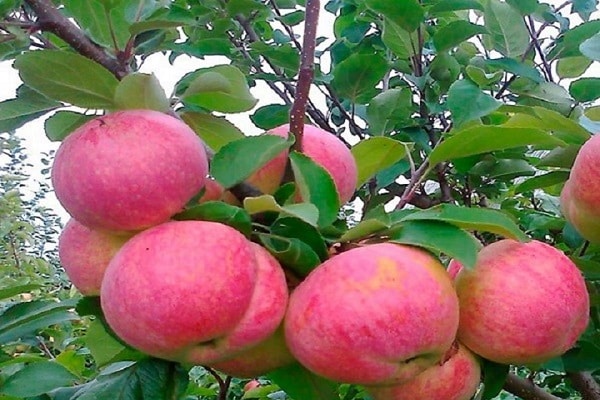
The appearance of the tree and fruit
The apple-tree of the Aelita variety belongs to tall hybrids with a spreading powerful crown. It is pyramidal in shape. The branches that form the skeleton of a tree grow at right angles, which increases the risk of breaking them during heavy snowfalls. The bark of the trunk and branches is gray-brown. To give the tree a compact shape, it is pruned every year.
Sanitary pruning is also important. In the spring, all dry and damaged branches are cut.
The foliage of the plant is of a rich green hue, large, with wrinkles. The leaves are elongated and pointed at the tip. Inflorescences are light pink in shape, the same shape as most apple hybrids.
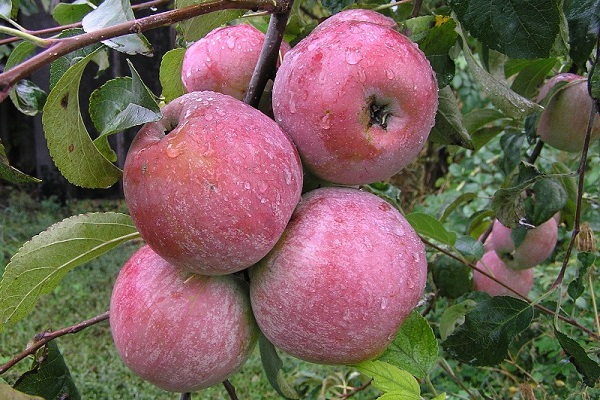
The fruits of the Aelita variety are round and regular. The rind is predominantly green-yellow. There is also a red blush on the peel. There are few subcutaneous points, and they are barely visible. The length of the peduncle is average. The funnel from which the stalk grows is deep and narrow, slightly rusty. The pulp is yellow, fine-grained. The taste is tender and juicy, with a sweet and sour aftertaste.
Breeding Aelita
The selection of apple varieties Aelita was carried out by the breeder S. Isaev. He devoted most of his time in agriculture to breeding varieties that are resistant to diseases and pests.

The hybrid was obtained in the 30s of the twentieth century thanks to the crossing of the Welsey and Brown Striped varieties. The variety was officially registered in 1999. The Aelita apple tree quickly became popular due to its yield and winter hardiness among summer residents.
Productivity of the variety
The harvest ripens in mid-September. Consumer maturity of apples occurs later, two weeks after harvest, and lasts until January. The fruits are primarily intended for fresh consumption. But apples are also used to make juices, jams and dried fruits.
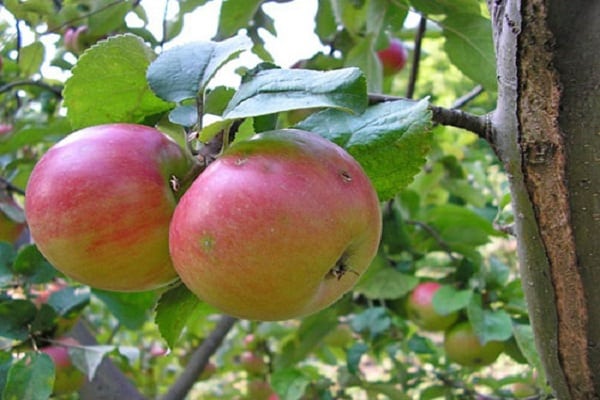
Fruiting begins in the 4-5th year after planting the seedling in the soil. The first few years, while the tree is young, the yield is average. The yield increases gradually. On average, 30 kg are harvested from one adult tree. The yield is stable from year to year.
Natural Growth Region
Aelita apple varieties are intended for cultivation in the north-western regions. As the popularity grew, the variety began to be grown throughout Russia. Plants quickly adapt to any climatic conditions and produce crops.
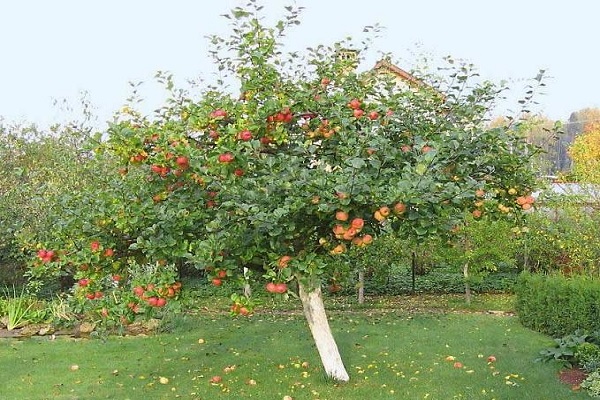
The apple tree tolerates severe winters and dry summers. Undemanding to temperature conditions and soil composition. But despite the fact that Aelita is planted in all regions of Russia, the hybrid requires regular care for normal growth.
It is important to apply mineral and organic fertilizers to the soil several times per season. Thus, it will turn out to increase the yield and the immunity of the tree to agricultural diseases and insect infestations. In general, there will be no big trouble with the cultivation of the Aelita apple tree.
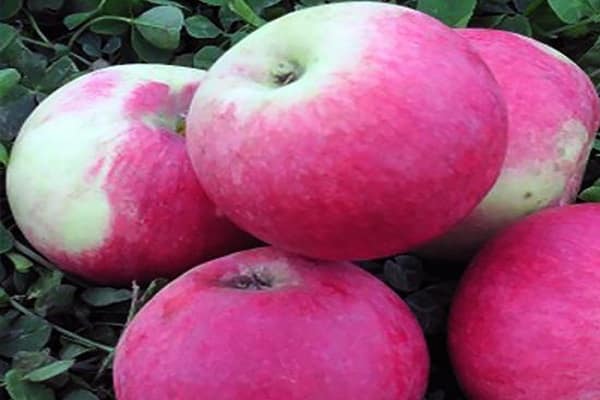
Diseases and pests
Aelita apple trees are resistant to diseases and insects. But there is a possibility that the tree can get sick. Among insects and diseases that are often found, the following are distinguished:
- Hawthorn moth. Moth caterpillars are dangerous for a tree. They gnaw the leaves, leaving holes in them. Gradually, the leaves begin to dry out and fall off. Chemicals are used to combat small caterpillars. Large caterpillars will have to be assembled by hand. It is also worth inspecting the plant for pupae. They are being destroyed.
- Apple weevil. Insects feed on kidney juice. As soon as the weevil sucks out all the juice, the kidney dies off. For insect control use herbicides "Ambush", "Metaphos" or "Chlorophos". It is recommended to process the plant during the period of bud separation.
- Fruit moth. The harmful parasite gnaws fruits and shoots. To destroy the parasite, use Metaphos or Benzophosphate. If after the first spraying there are no results, then after two weeks a second spraying is carried out.
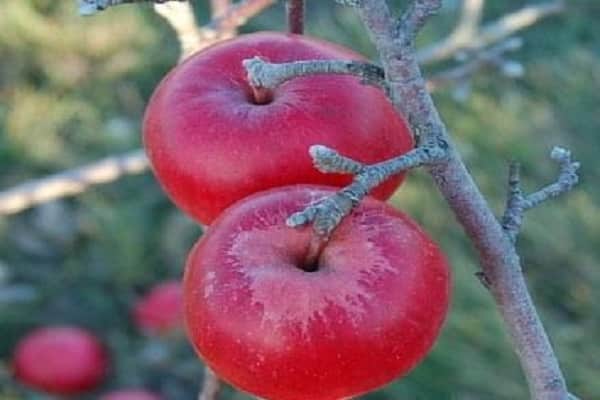
Common diseases include:
- Witch's whisk. The first sign of the disease is the appearance of sharp red shoots. They appear from dormant buds in the summer. It is impossible to cure the disease. Affected trees will have to be dug up and burned to prevent the virus from spreading to other plants. It is recommended to burn diseased trees away from the summer cottage.
- Bitter rot. Appears in summer in warm, humid weather. It affects fruits and branches. To fight the disease, vitriol or the chemical Nitrafen is used. The plants are sprayed before bud break.
It is recommended to inspect the trees several times a month to prevent diseases. Despite the fact that the hybrid is immune to diseases and insects, the plant needs care and prevention.
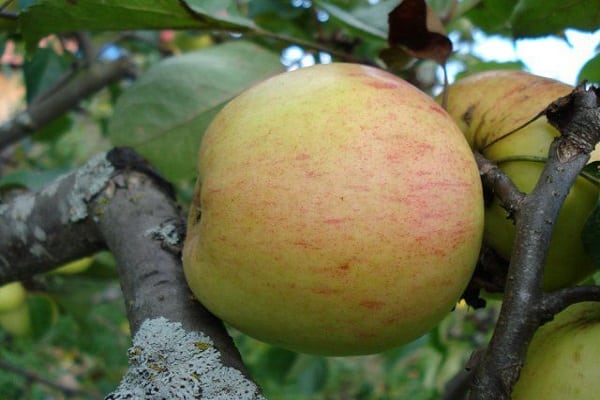
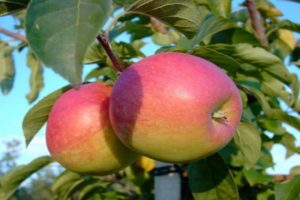
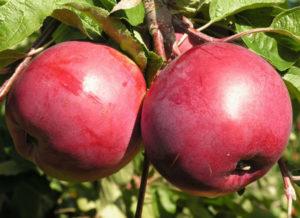
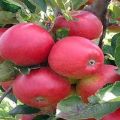
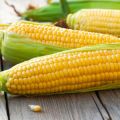
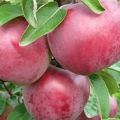


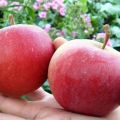

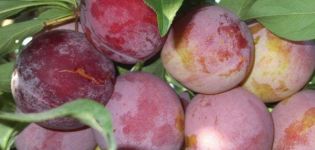
I took an apple tree in the nursery Sady Vera Glukhova! I survived the winter well, I think if everything is so, then in a year there will be a harvest))